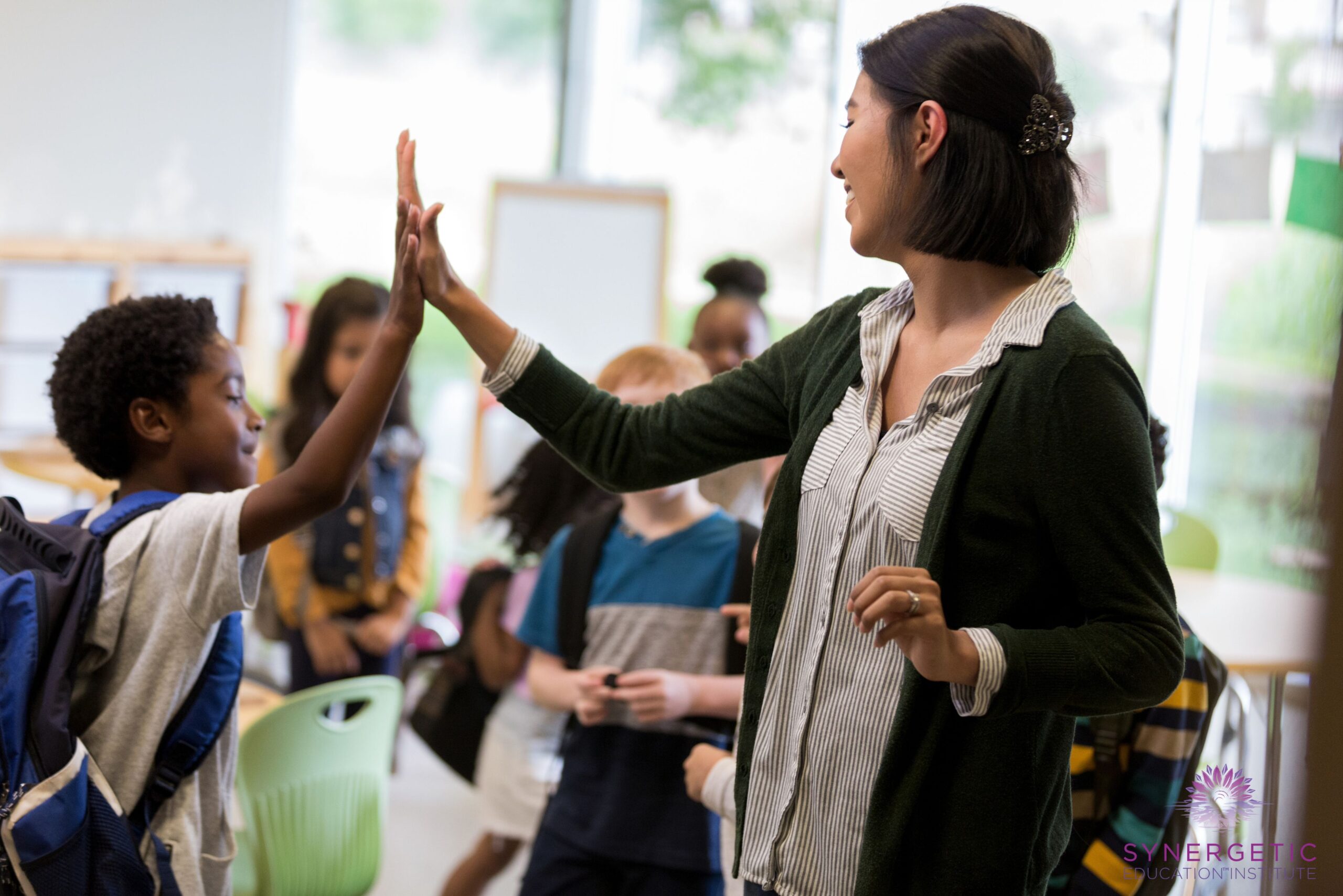By Judith Norman, MS, LSC, LPC, RPT-S
I sat down to write this many times and found myself getting stuck and feeling stressed out. There are so many important voices out there, what do I have to offer to a discussion? Then it hit me, that’s the topic. We all have so much to offer, yet, it’s very easy to lose sight of that when stress hits and things feel overwhelming. So, let’s get back to basics. You can’t do everything, but you can do something.
Stress is impacting everyone. In these stressful times, what do our students need? The answer isn’t calm adults, but that’s a different conversation. What they need is to learn that they can handle the stress in their lives. We can teach our students how to have a healthy relationship with stress. By the way, we can also do this for ourselves. To be clear, we can’t avoid stress. Instead let’s focus on shifting how we work with and through stress.
We might start off as perfectly reasonable, rational human beings. Then, stress shows up, and it feels big. At this point, we move to lower brain regions; our rationality goes out the window. Behavior is influenced by our current brain state. This means stress impacts behavior. Think about how our behavior changes when we’re stressed out. Likely, sometimes you lose it and other times you don’t. What makes the difference?
There are many factors.
- Resources available and demands or expectations in that moment.
- The availability of time and space to deal with it.
- Our previous experiences with stress and our learned strategies for dealing with stress.
- Role models that have shown us healthy or unhealthy ways to deal with stress.
- The prior consequences we’ve experienced based on how we’ve dealt with stress.
All of these things play a role. Maybe we struggled to learn strategies for working with stress because we didn’t have many resources, nor good role models, and often felt like we had demands and expectations on us that were hard to meet. However, we sought out skills and learned strategies that work for us. Even then, did we always use them? No. Knowing what to do, doesn’t mean we always can, or will. do it. We’ll mess up even if we know better. This is true for us and students.
What we “know” isn’t always available to us in “the moment.” Again, this goes back to brain states. Teaching students how to have a healthy relationship with stress, means showing them how to work with it “in the moment.” As we do this, it increases the chances that they will be able to access the strategies we’re modeling in the moment as well. This doesn’t happen overnight, but it does happen.
Think of it like mastering a new physical skill. For me sit ups are challenging. Think of something that has been a challenge for you. The first time you tried maybe you couldn’t do it at all, or you could only do it for a second. Maybe it was painful or uncomfortable, or you needed support in some way. Each time you tried you gained more strength, and you get farther with it. Eventually you were able to do it with more ease.
Through this process we were building strength and connections that moved us closer to reaching the goal and performing it without support. During this process our perceptions of our bodies and their capabilities shifted. This is where true lasting change begins to take place. As we stayed with the initial pain and discomfort, we learned we could handle it. This transformed our relationship with our bodies and our beliefs about what it could do.
The same is true for stress. We can learn that we can handle it, change our relationship with it, thereby shifting what we are capable of doing in that moment. If during stress we explicitly model strategies for moving through it, we are supporting this same process for our students.
What does this look like?
Naming our experience with the stress and discomfort and then modeling a strategy like breathing or moving.
- Naming, “this is stressful,” and taking a deep breathe.
- Naming, “this feels overwhelming, I need to move my body,” while you move your legs or feet.
- Naming, “this is a lot to deal with right now,” as you give yourself proprioceptive input by doing something like squeezing your arms.
- Naming, “there’s a lot going on, I just need to take a minute,” while rolling your shoulders or stretching your arms above your head.
The key is not to avoid or try to shut down the stress. Name the stress and model what to do to help you move through it. This supports you and every student in your classroom as it regulates the room, and teaches everyone important life skills. We are teaching we can handle stress, by doing it. This leads to sustainable change and growth.
Judy
*Check out our trainings here and transform education with us!






